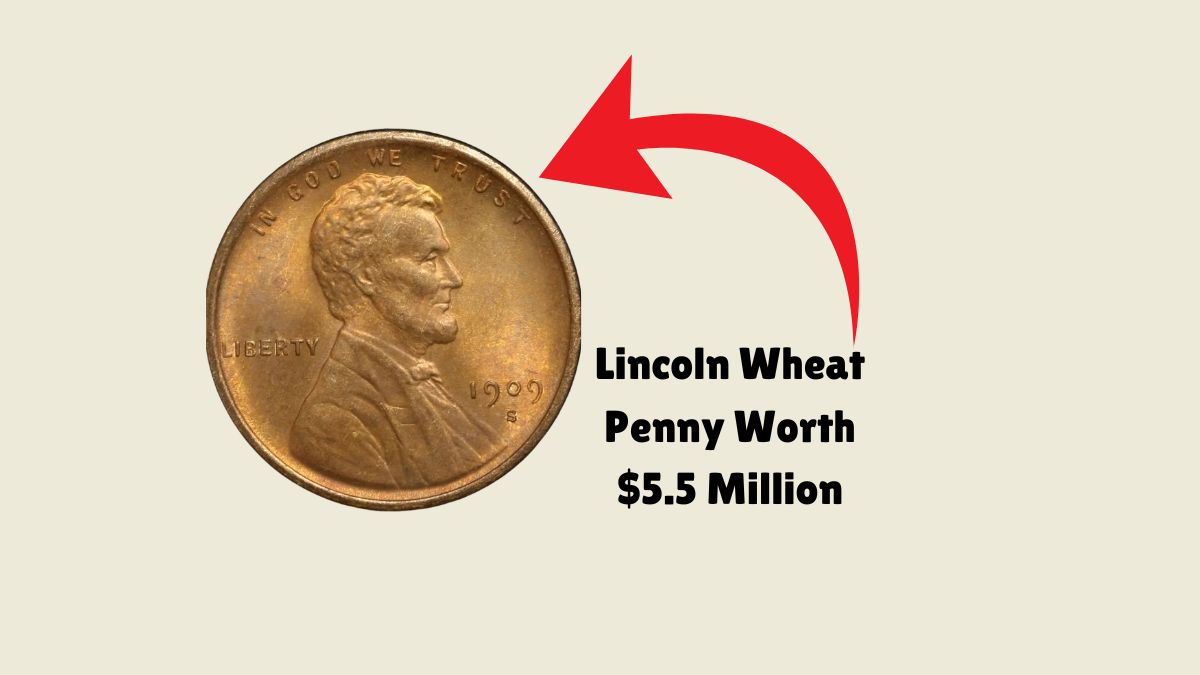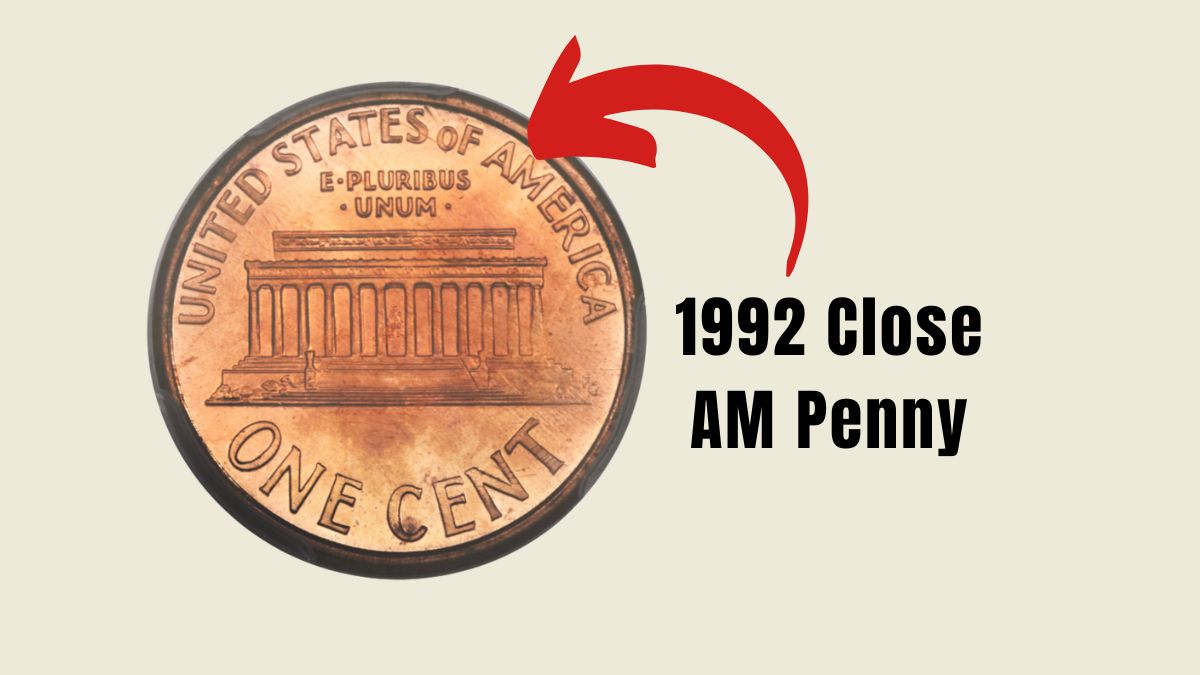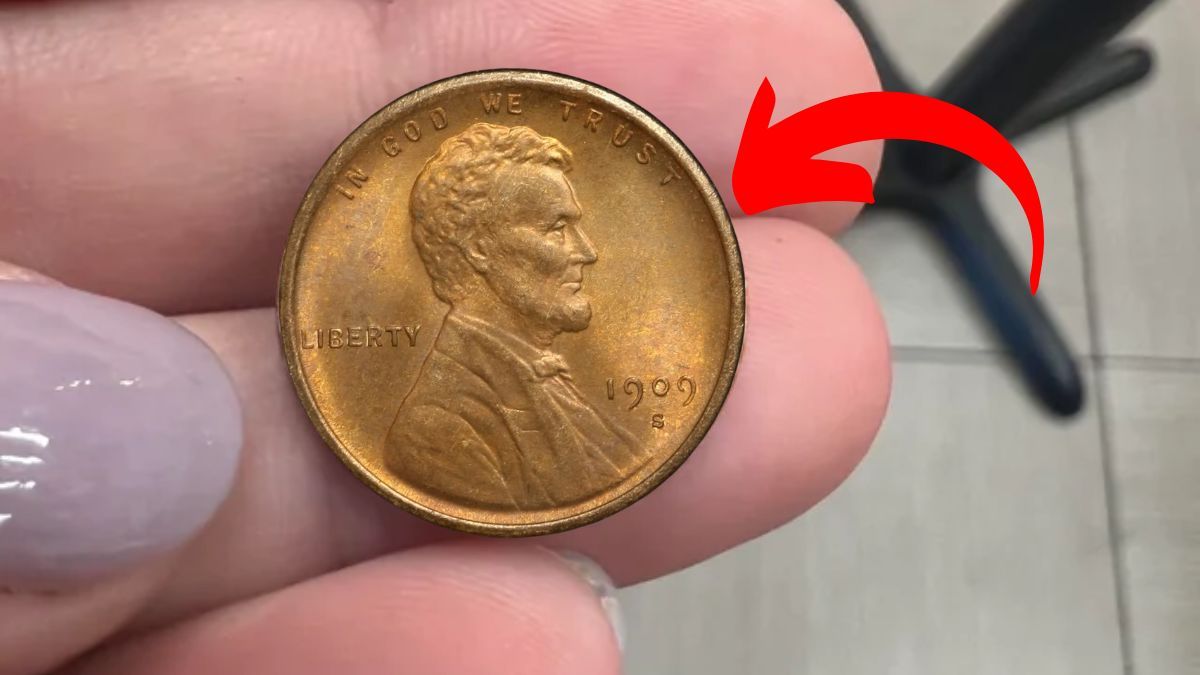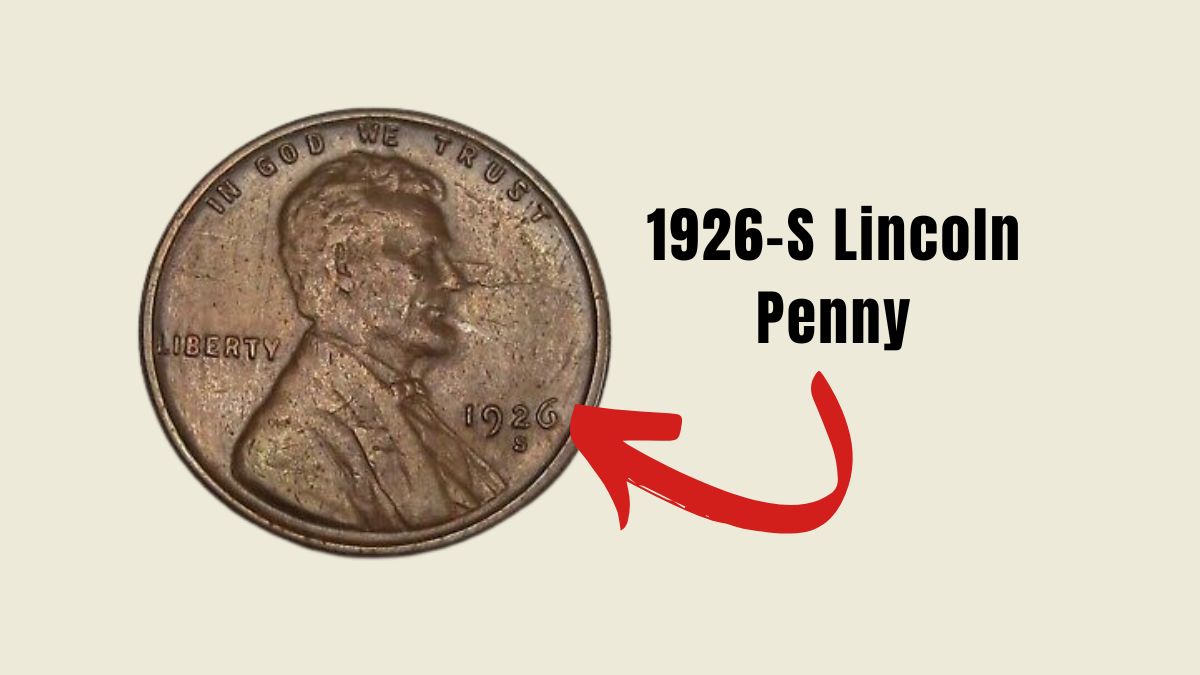The humble Lincoln Wheat Penny, a staple of American coinage, has made headlines for its staggering value of $5.5 million.
Once a common currency, this rare penny has become one of the most sought-after collectibles, leaving both casual collectors and seasoned numismatists captivated.
This article explores the history, rarity, and value of the Lincoln Wheat Penny, including the iconic 1943 copper error coin that fetched millions at auction.
A Brief History of the Lincoln Wheat Penny
The Lincoln Wheat Penny debuted in 1909 to commemorate the centennial of President Abraham Lincoln’s birth.
Designed by sculptor Victor David Brenner, it was the first U.S. coin to feature a real historical figure, breaking away from the classical allegorical imagery used on earlier coins.
- Obverse Design: Features Lincoln’s portrait.
- Reverse Design: Two wheat stalks flanking the words “ONE CENT,” symbolizing prosperity.
- Minting Years: 1909–1958, after which the Lincoln Memorial design replaced it.
With its unique design and historical significance, the Lincoln Wheat Penny became a beloved collector’s item, particularly rare editions and those with minting errors.
The $5.5 Million Lincoln Wheat Penny: The 1943 Copper Error
The story behind the $5.5 million penny is rooted in a rare minting error during World War II. In 1943, to conserve copper for the war effort, the U.S. Mint produced pennies using steel coated with zinc.
However, a few pennies were mistakenly struck on leftover copper planchets, creating one of the most valuable coins in American history.
- Year: 1943
- Material: Copper (error) instead of steel
- Estimated Quantity: Fewer than 20 known examples
- Auction Price: $5.5 million in pristine condition
The rarity of the 1943 copper penny, combined with its mint condition, makes it a highly coveted treasure among collectors.
What Makes Lincoln Wheat Pennies Valuable?
Several factors contribute to the extraordinary value of some Lincoln Wheat Pennies:
1. Rarity
Coins minted in limited quantities, such as the 1909-S VDB penny, are highly sought after. The 1943 copper penny is exceptionally rare, with only a handful known to exist.
2. Minting Errors
Errors such as double strikes, off-center designs, or incorrect materials (like the 1943 copper penny) significantly increase a coin’s value.
3. Historical Significance
The Lincoln Wheat Penny represents a pivotal moment in American coinage, marking the first time a U.S. president appeared on a coin. Rare versions of these pennies carry the weight of historical importance.
4. Condition
The better the coin’s condition, the higher its value. Coins graded as “mint state” or with little wear fetch significantly higher prices than heavily circulated ones.
How to Identify a Valuable Lincoln Wheat Penny
Here are steps to determine if your Lincoln Wheat Penny might be worth more than its face value:
1. Check the Year and Mintmark
- Look for specific years like 1909, 1914, and 1943.
- Rare mintmarks such as “S” (San Francisco) or “D” (Denver) often indicate higher value.
2. Look for Minting Errors
- Examine the coin for unusual features like doubled dates, off-center strikes, or incorrect materials.
3. Assess the Condition
- Coins in pristine or near-mint condition are far more valuable than those with significant wear and tear.
4. Professional Grading
- Have your coin professionally graded by trusted organizations like the Professional Coin Grading Service (PCGS) or Numismatic Guaranty Corporation (NGC) to verify its authenticity and grade.
| Year | Mintmark | Unique Feature | Estimated Value |
|---|---|---|---|
| 1909-S VDB | S | Limited mintage | $700 – $100,000 |
| 1914-D | D | Low mintage | $200 – $20,000 |
| 1922 “No D” | – | Mintmark missing | $1,000 – $25,000 |
| 1943 Copper | – | Minted on copper planchet | Up to $5.5 million |
| 1955 Doubled Die | – | Doubled image on obverse | $1,000 – $125,000 |
The Lincoln Wheat Penny valued at $5.5 million is a testament to the enduring appeal of numismatics. Its rarity, historical significance, and extraordinary value make it a prized possession for collectors worldwide.
Whether you’re a seasoned numismatist or a curious enthusiast, the Lincoln Wheat Penny offers a fascinating glimpse into the rich history of American currency.
So, next time you come across a penny, take a closer look—it might just be a treasure worth millions!
FAQs
How can I tell if I have a 1943 copper penny?
Look for a 1943 date and check the coin’s color. Copper pennies will have a reddish hue, while steel pennies appear gray. A professional appraisal is recommended for confirmation.
Are all Lincoln Wheat Pennies valuable?
No, most Lincoln Wheat Pennies are worth only a few cents. Only rare editions, minting errors, and coins in excellent condition carry significant value.
Where can I sell a rare Lincoln Wheat Penny?
Rare coins can be sold at auctions, coin shows, or through reputable coin dealers. Ensure the coin is authenticated and graded before selling.




